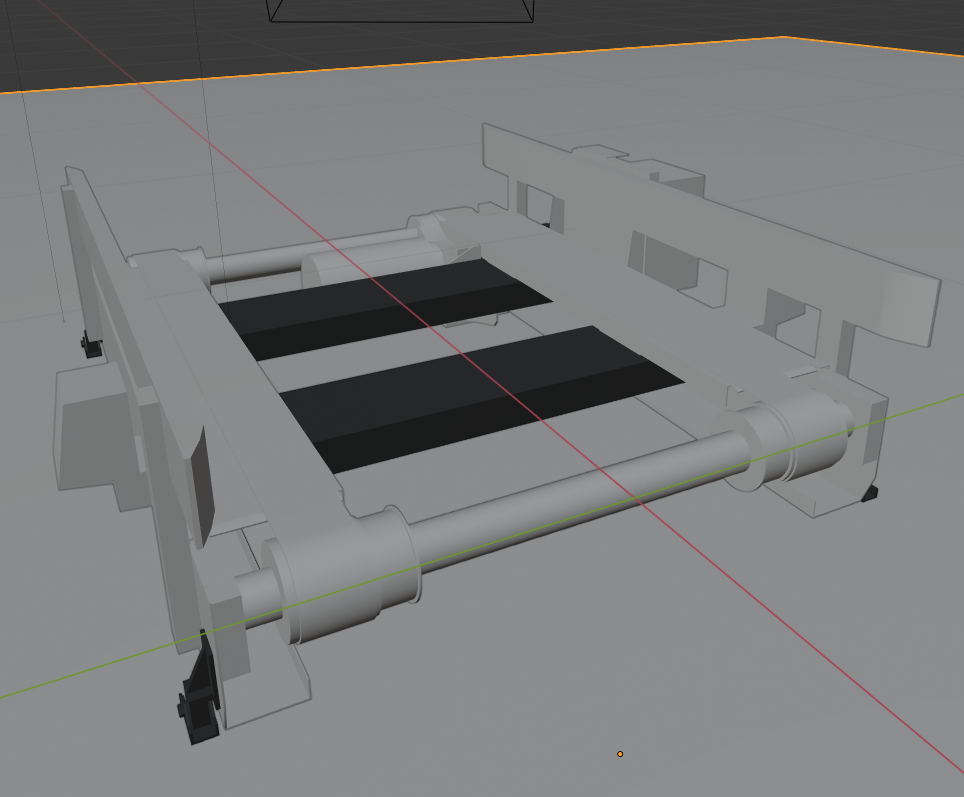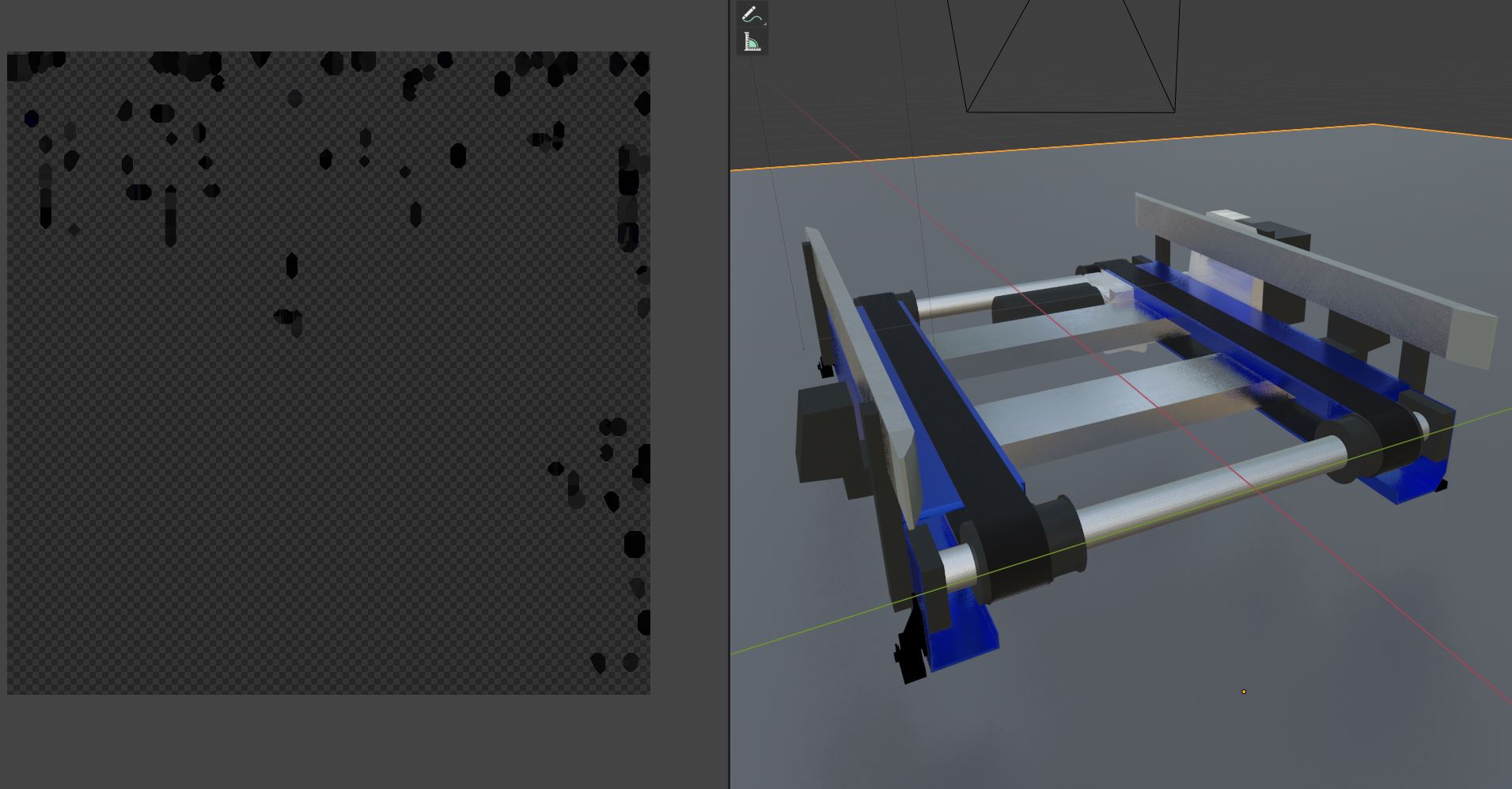Two things that are probably the culprit here:
Materials
The way Blender knows which material you want to bake in which texture is by loading that texture into the material using an Image Texture node.
We can see that you did put an Image Texture node that you renamed "CombinedBake" node in your first material, now you need to copy that node to all the other materials you want to include in the baking.
UV Map
Your current UV Map is really overcrowded, and with no margins between islands.
Baking will write pixels inside the UV areas, but also a little bit outside, that is what Blender calls "margin" (other softwares might call it "padding", "bleeding", "dilation", ...).
This is important to avoid discontinuities and artefacts at UV seams, due to texture filtering and mipmapping. But due to how Blender's baking works, if your UV's or baking's margin are not well done, in our case where the UV islands are too close from each other: the baking will basically overwrite itself when baking each island after the other.
You can change the baking's margin, but you always need your islands to also have some margin between them as well. When you hit any of the "unwrap" functions, you have a margin setting available in the Adjust Last Operation menu or via F6.
A good rule of thumb is to use a margin of your texture resolution divided by 128. For example:
- 256 px² = 2 px
- 512 px² = 4 px
- 1024 px² = 8 px
- 2048 px² = 16 px
You need to adapt both your UV's and your baking's margin to make the best result.
Some softwares like Substance Painter are able to bake with an infinite padding, making the texture fail-proof, as long as you have a correct margin in your UVs.
Sources and further reading:






